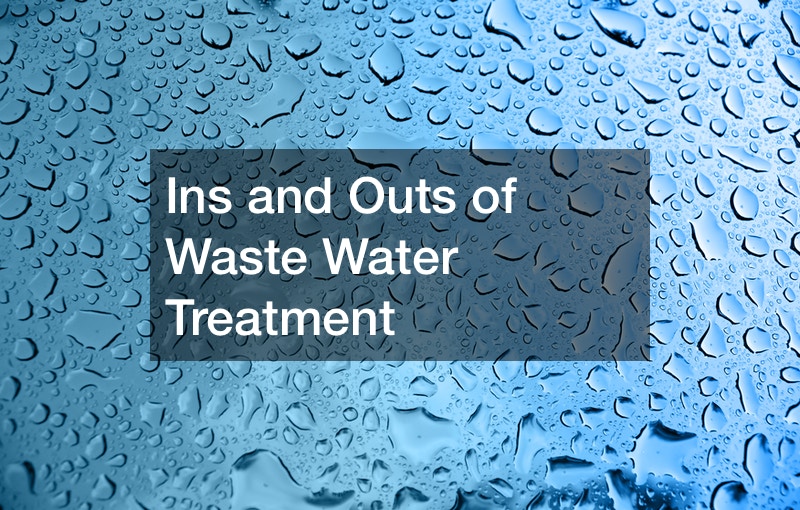

Sewage systems are in place in cities that lead to wastewater treatment plants, allowing the water to be used safely for other purposes. This article will break down the basics of wastewater treatment so you can understand this miracle of modern life.
There are multiple stages in wastewater treatment that get rid of the contaminants which pose risk to human health and the environment. The first stage involves the water going through grid barriers that block large solid substances from continuing down the line. These include bottles, aluminum cans, etc.
The primary treatment process begins by filtering out grit and other small particles. This leads to the settling tank, where feces and other solid waste materials settle to the bottom. This is known as sludge.

Soaps and other oils rise to the top of the settling tank, and this is called scum. Scum is skimmed out and sludge is removed with a scraper every couple of days. The water that moves on is clarified water.
The secondary treatment process gets rid of biological and organic waste. An aeration tank uses a bubbling process to remove organic materials, and the water goes to the clarifier, where activated sludge is settled to the bottom and sent to a digester and sand drying bed.
The clarified water from the clarifier moves onto a disinfectant tank that uses chlorine to purify the water before it is returned to the water supply for general use.


